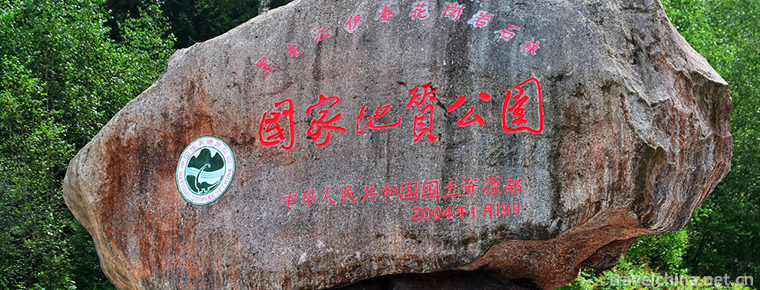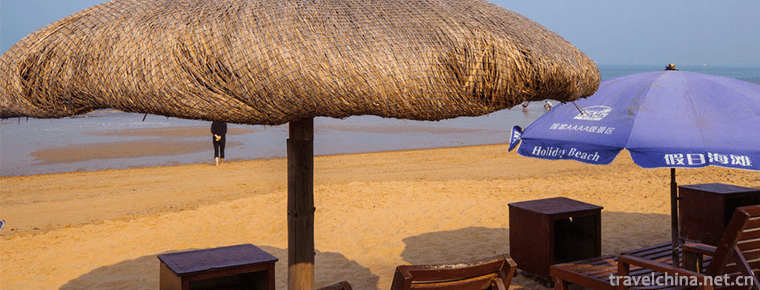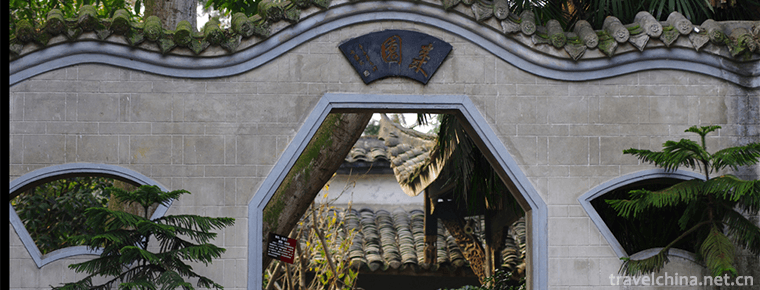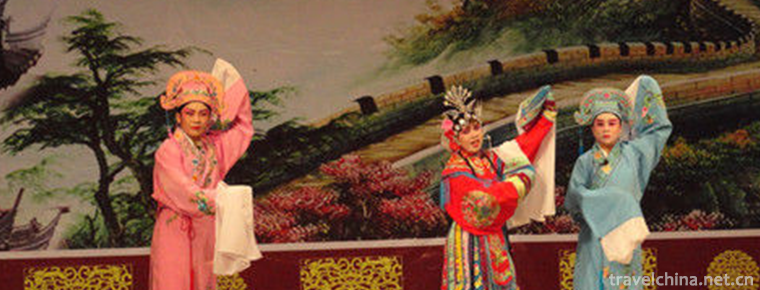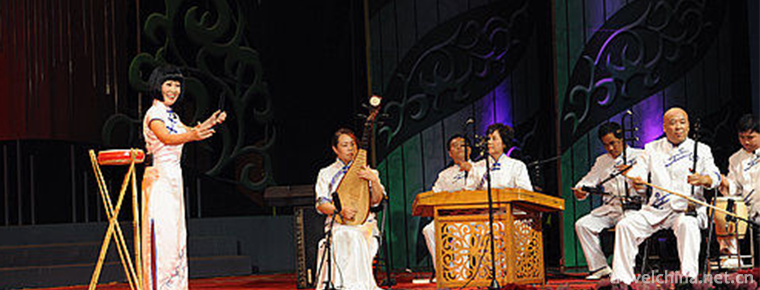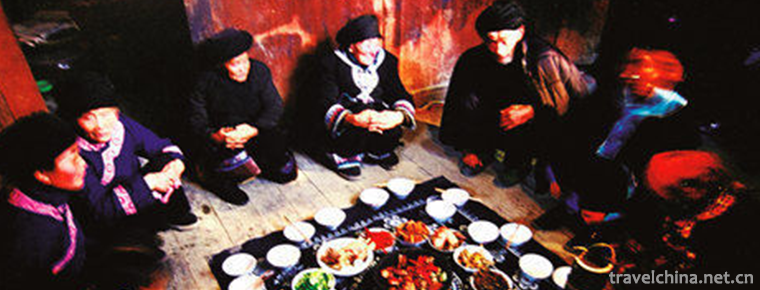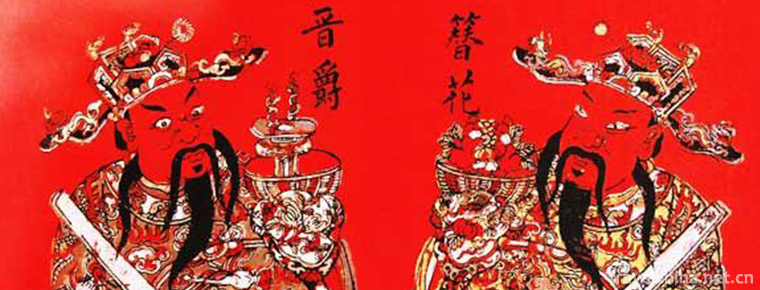Han music in Guangdong
Han music in Guangdong
Guangdong Han music is an ancient music of the Central Plains brought about by Hakka ancestors when they moved southward more than 1,000 years ago. It has evolved from generation to generation and has become one of the three major types of music in Guangdong based on the integration of local folk music (such as playing eight tones and Chinese military class music). "Zhongzhou Ancient Tune" and "Hangao Old Music Score" are old music scores handed down from generation to generation. Guangdong Hakka music generally includes five categories: silk string music (formerly Confucian or Qingyue), Chinese military class music, eight tones, folk gongs and drums, and temple music. It is widely spread in Meizhou, Shenzhen, Shaoguan, Huiyang, Fujian, Fujian, Jiangxi, Gannan, Taiwan and other Hakka areas and overseas Chinese, among which Meizhou, known as the hometown of Guangdong Hanyu, is also the representative. Meizhou Guangdong Han Music Association and Hadu Women's Guangdong Han Music Orchestra are the main institutions for the inheritance of Han music.
In 2004, Dapu County of Meizhou City was officially awarded the honorary title of "Hanle Town" by Guangdong Provincial Culture Department. In June 2006, it was listed in the first batch of national intangible cultural heritage list.
In 2010, in 2011, Guangdong Han music performances appeared successively in Guangzhou Asian Games and Shenzhen Universiade, so that the general public can appreciate the artistic style of ancient Guangdong Han music.
In October 2012, at the finals of the 2012 CCTV National Instrumental Music Television Competition, the Guangdong Han Theatre Orchestra, composed of nine musicians from the Guangdong Han Theatre, won the first place in the traditional folk music group with a Guangdong Han Music "Cuizi Dengtan". The charming style of Zhongzhou ancient music instantly shined in front of the capital and millions of audiences throughout the country.
Brief introduction of Chinese music
In the long-term spread, Han music has had a variety of appellations. Such as "national music", "Zhongzhou ancient rhyme", "Hakka music", "Waijiang string", "Han tune music", "gong advocacy", "playing eight tones" and so on. For the sake of authenticity, the first Yangcheng Concert in 1962 was formally named "Guangdong Han Music" after many musicians'discussions.
The simple, elegant and graceful music of the Han Dynasty in Guangdong, Fujian, Taiwan and other provinces and Southeast Asian Chinese are widely spread. Guangdong Han Music, Guangdong Music and Chaozhou Music are known as the three major types of music in Lingnan, each of which has its own infinite artistic charm and special style and has been handed down from generation to generation, enduring and enjoying a good reputation at home and abroad.
Inheritance significance
basic feature
After hundreds of years of development, Guangdong Han music has formed the following basic characteristics:
1. The inheritance is clear and there are many representatives in each period. Such as Luo Shuyu in Ming and Qing Dynasties, Yang Qilie in Ming Dynasty in Qianlong in Qing Dynasty in 3 years, Yang Tianpei in Qianlong in 13 years, Zhang Zhennan in Xianfeng in 2 years, Rao Jungu in Chayang Xiuchi, Xiucai in Late Qing Dynasty, and so on; He Yuzhai, Rao Shushu, Rao Congju, Rao Bichu, Li Lantian, Li Zhitian, Luo Jiuxiang and Luo Niang De in the period of the Republic of China; after the founding of the People's Republic of China, Li Deli, Luo Lian, Luo Lian, Luo Lian, Dunchang, Rao Ningxin, Luo Dezhuang, Zhang Gaowan, Luo Zengliang, Luo Zengyou, Luo Banglong, Yang Peiliu, Fan Shenghua, Zhuangchang, etc. At present, there are Rao Baoyou, Wen Ziqin, Liao Dongxiong, Liu Chuanhe and so on.
2. There are many kinds and repertoires. According to the collected and published Chinese music anthology, there are 612 pieces of Han music, including 430 pieces of silk string music (including minor), 56 pieces of Qing music, 23 pieces of Han music gongs and drums, 62 pieces of Chinese military class music and 31 pieces of temple music.
3. Diversity of performance forms and techniques. The performance of Han music has one solo, two or three accompaniments, but more forms of accompaniment, so its performance skills.
Qiao is rich. Take the ensemble for example, there are such procedures as choosing instruments, auditing sounds, testing lines, prelude and ensemble. At the same time, we should pay attention to concentration and appropriate environment. In addition, the performing skills of Han music include tone variation, adding flowers and subtracting characters.
4. Literary compatibility. The tune of Guangdong Han music contains rich literariness, the pitch of the music is high and low, the length is short and urgent, the structure of the beginning and the end, echoes the ups and downs, and contains a deep literary connotation. It can be divided into four literary genres:
One is the style of Ci and qu. The tune of this genre is divided into two parts: the front and the back parts are not equal in number, but the tune of the phrase is quite similar, such as General's Order and Xiaoyangzhou, etc.
Second, the style of wind poetry. Each piece of music in this genre is divided into four or five or seven or eight paragraphs. There are two or three sentences in each paragraph. Although the other paragraphs are different, their first or last sentences are basically the same. This kind of tune can be represented by Yulian Link.
Third, the style of Sao Fu. This genre has many dual sentences with scattered sentences, which are similar to Lisao, Return and Return Lyrics, Chibi Fu, and so on. It is similar to that of Sanchu Ci.
Fourth, prose style. This kind of music, or dual sentences, or overlapping sentences, is more complex and changeable. For example, the first paragraph of Pingshan Music is composed of a couplet sentence and a repetition sentence, while the middle paragraph is composed of a single sentence, and then two couples are used. The last paragraph is used to turn the repetition sentence, and the single sentence is closed, one bunch after another. Its style is the most neat.

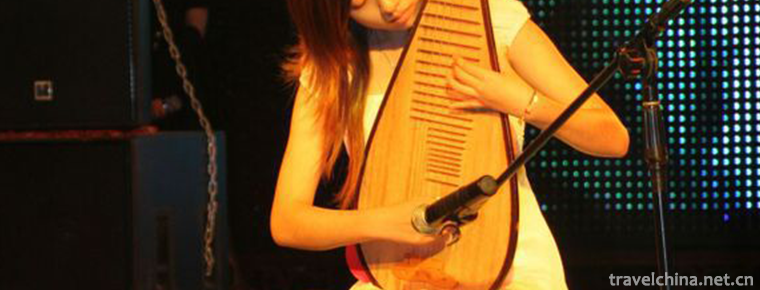
-
Old Summer PalaceYuanmingyuan
No. 28 Qinghua West Road, Haidian District, Beijing, China.
Views: 115 Time 2018-10-03 -
Braised Shredded Chicken with Ham and Dried Tofu
Braised Shredded Chicken with Ham and Dried Tofu, also known as chicken juice, boiled silk, the traditional dishes are Huaiyang cuisine.
Views: 197 Time 2018-10-27 -
Tangwang River Linhai Qishi Scenic Area
Tangwanghe Linhai Qishi Scenic Area is located in Tangwanghe District, Yichun City, Heilongjiang Province..
Views: 140 Time 2018-12-05 -
ShenxianjuImmortal residence
Shenxianju, a famous ancient mountain, is also known as Weiqiang Mountain. Now it is a national 5A scenic spot. There is the title of He Shu's calyx in Qianlong period of Qing Dynasty.
Views: 211 Time 2018-12-07 -
Wanpingkou Scenic Area
Wanpingkou scenic spot is located in Rizhao, a beautiful coastal city in Shandong Province. "Tourist sunshine is bound to Wanpingkou" has become the consensus of tourists around the world.
Views: 88 Time 2018-12-17 -
Holiday Beach
Holiday beach is located on the west coastal avenue of Haikou City, which is 6 kilometers long. On the left side is the verdant forest belt of ephedra, with resorts, hotels, playgrounds and so on.
Views: 320 Time 2018-12-23 -
Xijiashan Folk House
Xijiashan Residence, a national key cultural relic protection unit and national AAAA-level tourist attraction, is located in Xijiashan Town, Jiang'an County, Yibin City, Sichuan Province.
Views: 492 Time 2019-02-25 -
Taoist Drama
Taoist sentiment is a category of traditional Chinese folk art. It originated from Taoist songs such as Chengtian and Jiuzhen in Tang Dynasty. The Southern Song Dynasty began to accompany with fishing.
Views: 269 Time 2019-04-25 -
Fuzhou Reviews
Fuzhou dialect commentary is a unique traditional form of storytelling in Fuzhou dialect of Fujian Province, which is popular in Fuzhou, Fujian Hou, Yongtai, Changle, Lianjiang.
Views: 129 Time 2019-04-30 -
Sanxianshu
Sanxianshu, also known as Qianzi Shu and Leg Blackboard Shu, is an ancient traditional rap art formed in Nanyang, Henan Province. It has a history of more than 250 years. It is named for its main acco.
Views: 116 Time 2019-06-12 -
Tujia Year
Tujia Year is an important and ancient festival of Tujia people in Xiangxi Tujia and Miao Autonomous Prefecture of Hunan Province. During the thousands of years of historical development, some relativ.
Views: 164 Time 2019-06-23 -
Zhangzhou Woodblock New Year Picture
Zhangzhou woodcut New Year pictures belong to folk art, which began in the Song Dynasty and flourished in the Ming and Qing Dynasties. The contents of the New Year pictures are mainly two categories: .
Views: 141 Time 2019-07-25


